This project is designed to be a new backplane PCB for LoRa Gateway concentrators with my ideal specs.
Specifications
- Headers for both the ic880a and RAK831
- Allows for people who have both boards to use the same backplane pcbs
- Theoretically identical software can be ran on the host with no changes required between the two
- Passive POE
- Allows for power to be carried over ethernet line without expensive injectors
- 9-12V Recommended, allows for voltage drop over cable.
- Linear Regulators
- An odd choice, however produces less noise than a switching regulator may.
- Heat generated can be ideal for cold conditions when placed outside to prevent the components getting damaged.
- Ethernet Connection
- Allows for a wired connection, better suited for TTN due to lower latency.
- Wi-fi also can be used instead
- Small Size
- 8x8.5CM Size allows it to fit in most small boxes
- Built in passive POE eliminates the need for POE Injectors in boxes.
- More Compact stack
 Ryan Walmsley
Ryan Walmsley
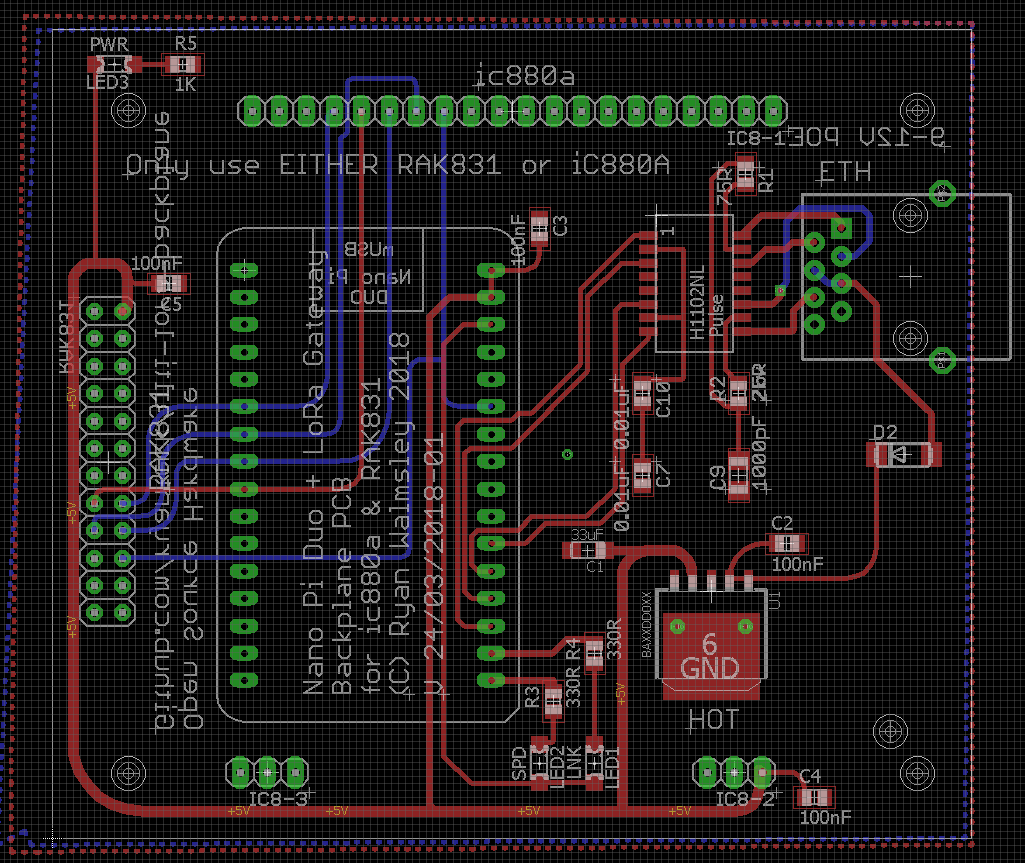
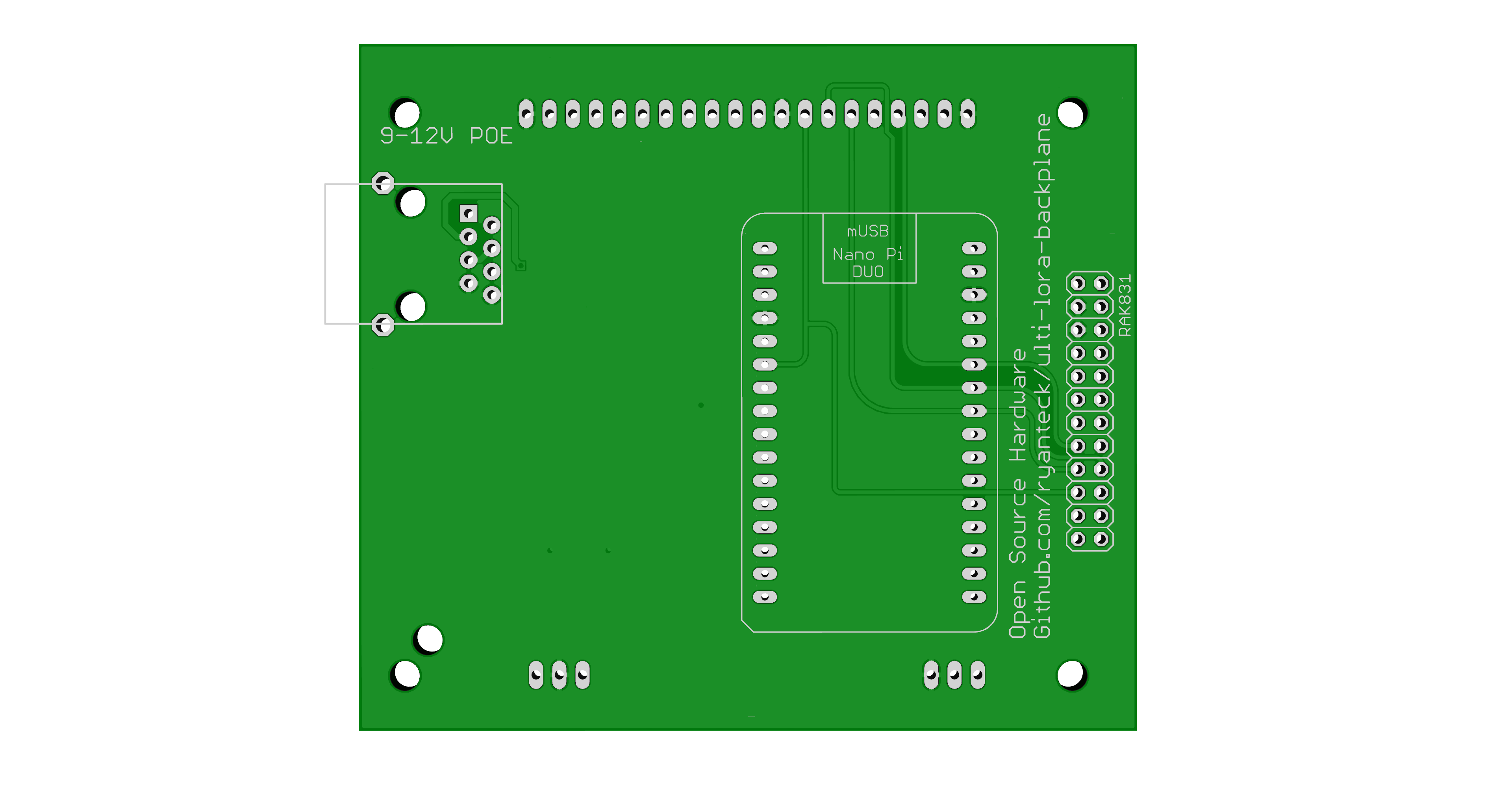
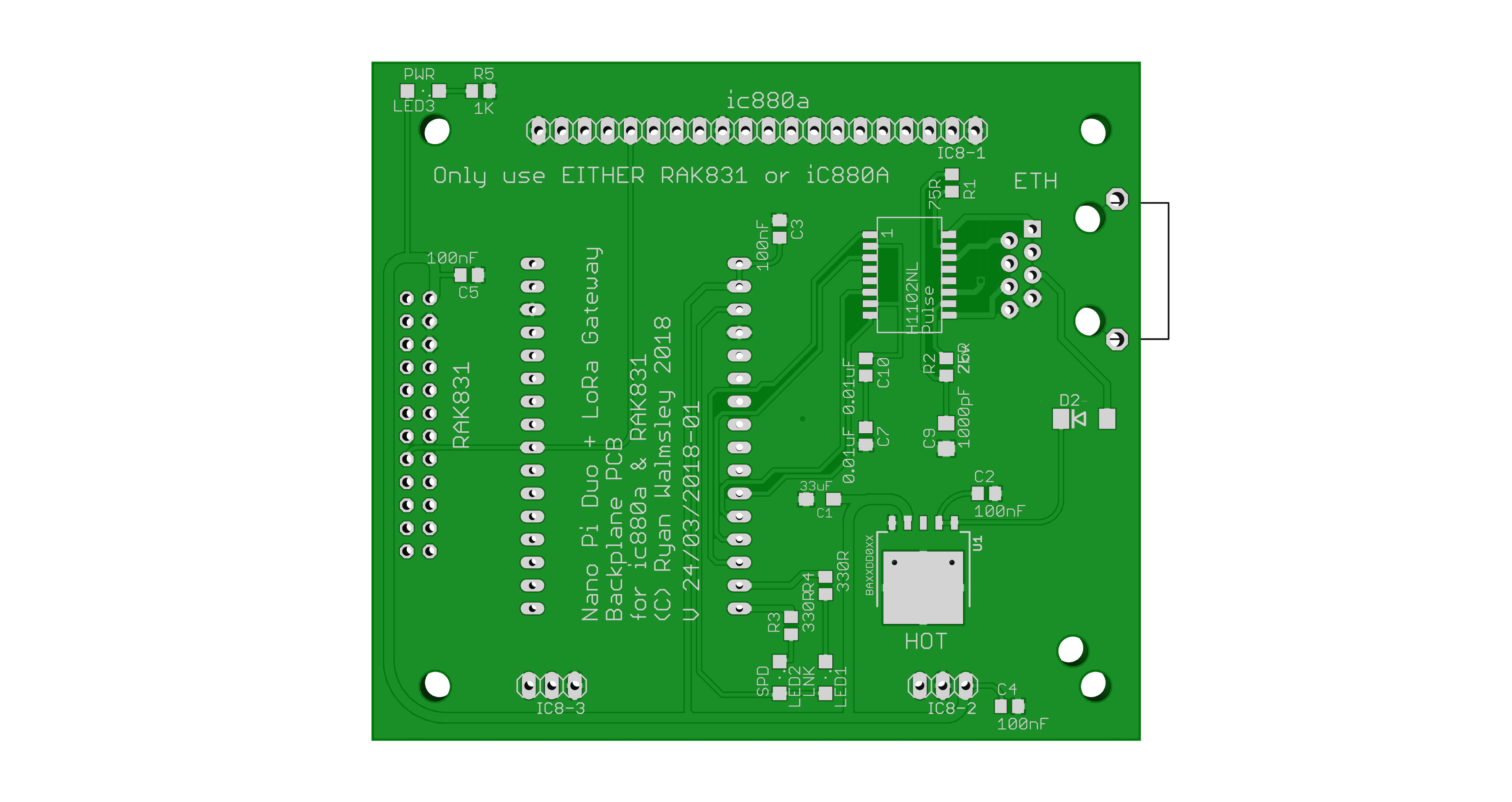

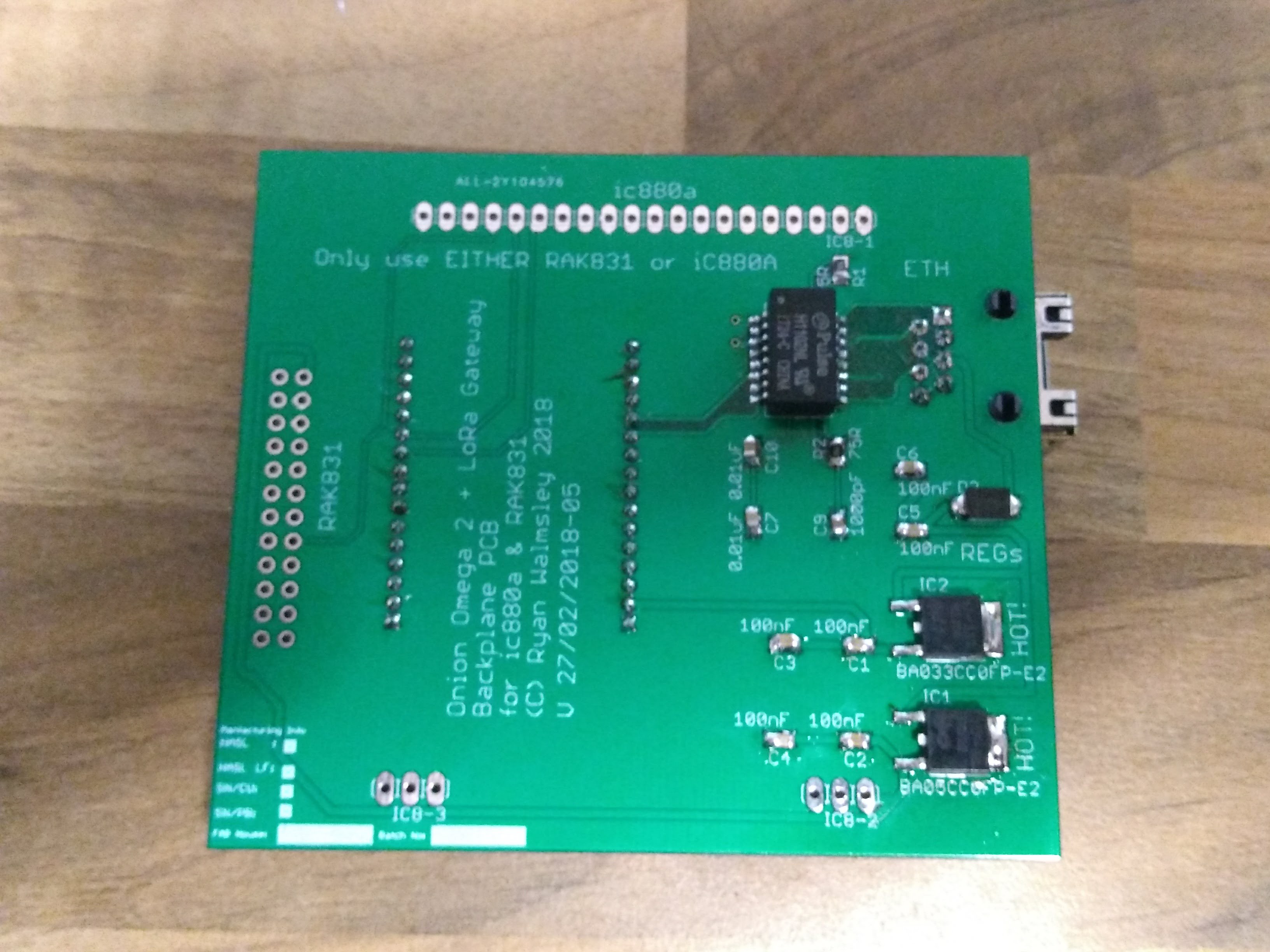
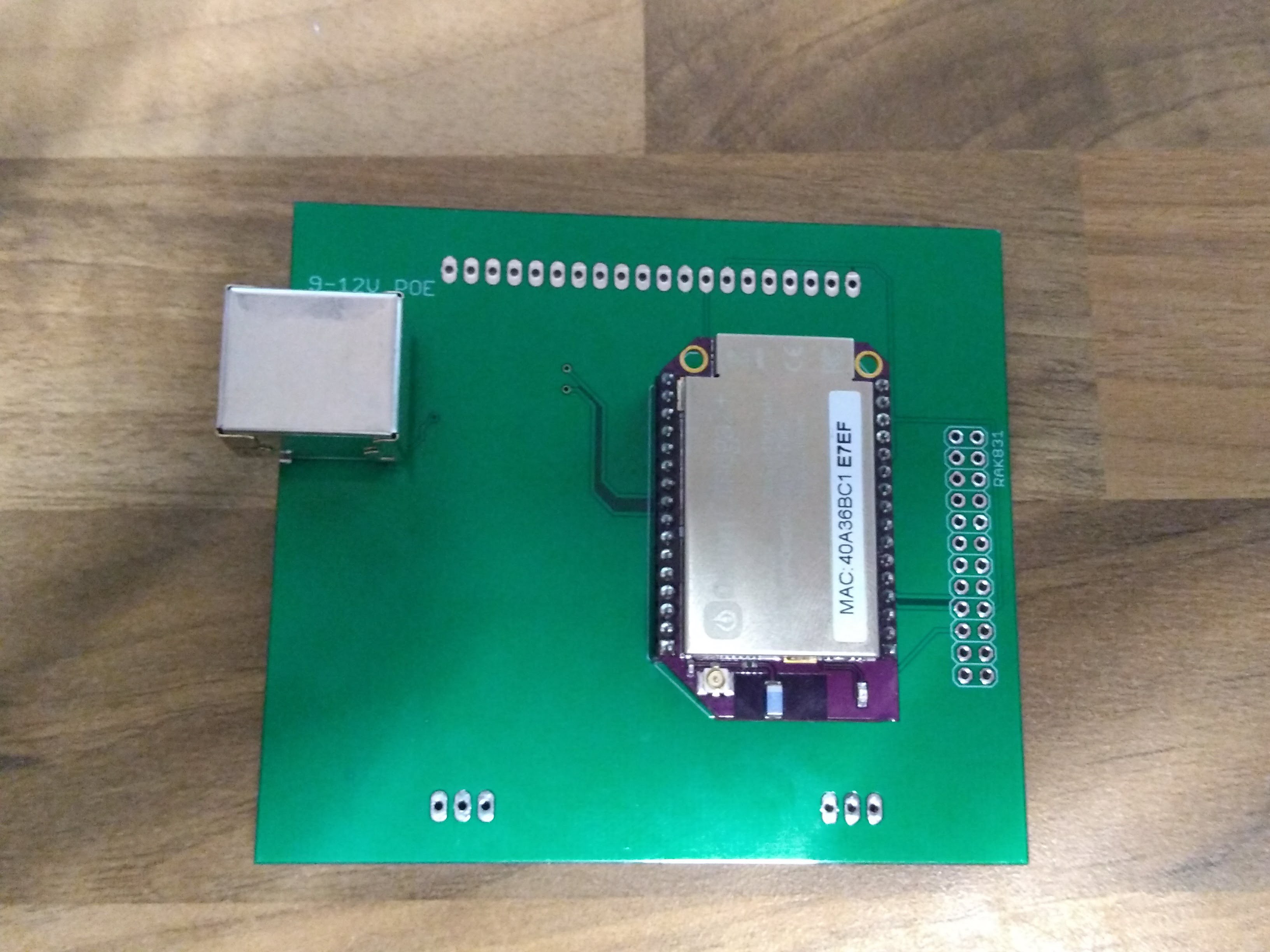
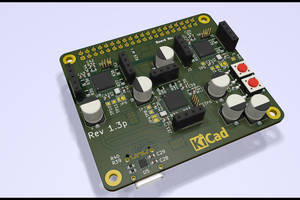
 Tobius
Tobius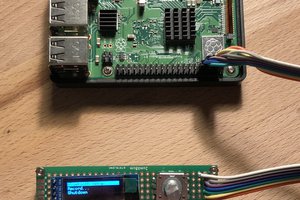
 Poyu Chen
Poyu Chen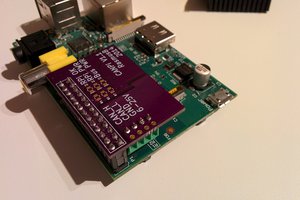
 RasmusB
RasmusB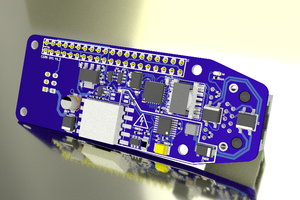
 julien
julien